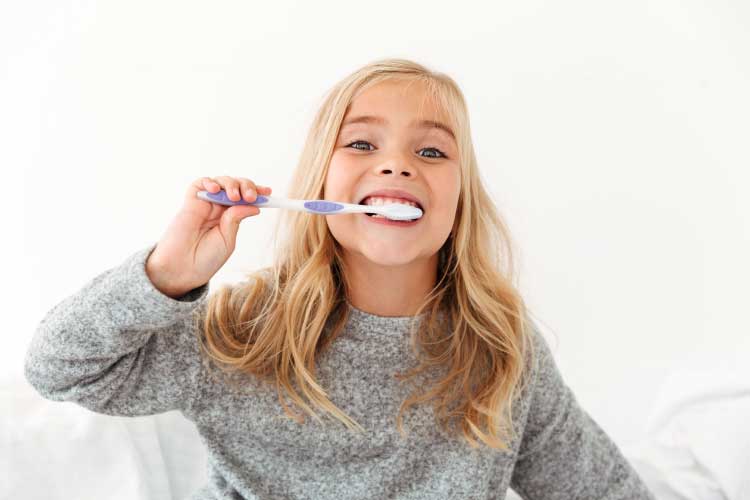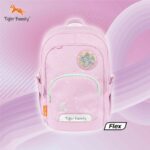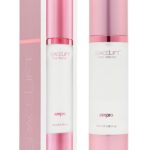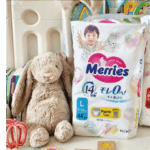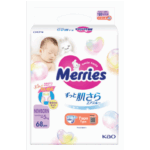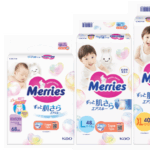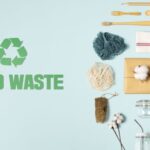The cleanliness of home and body is crucial when a child is growing up. A clean home adds to the element of safety for every growing child, while a clean body is important to ward off contagious illnesses. Besides having the responsibility of keeping clean homes, parents also need to remember to teach their little tots some beneficial hygiene habits along the way. Toddlers’ main role models are their parents and they pick up a lot from observing them.
It’s important to teach our children the basics of proper hygiene because a clean child is a healthy child and as a parent, it’s your job to help your kids and explain the hygiene basics. There are several areas of hygiene to teach our kids but here are some tips to get you started on hygienic grooming habits for your toddlers and preschoolers:
Explain to your tot about germs and bacteria
Germs, the microscopic sickness-causing organisms, are everywhere. The purpose of explaining the concept of germs and bacteria is to help them know what makes them sick and the importance of practicing good personal health habits.
Basic toddler hygiene habits
Hand washing: Prompt your child into a hand-washing habit so that he or she will start to automatically wash those little hands whenever necessary, such as:
- When hands are dirty
- Before eating or touching food
- After using the bathroom
- After blowing their nose or coughing
- After touching the family pet
- After playing outside
- After a visit to the doctor’s office
- Before and after visiting a sick relative or friend
Oral hygiene: Teach your toddler how to brush his or her teeth and prompt this habit twice a day: once in the morning and once in the evening. Letting the little one pick out a toothbrush and toothpaste will add some fun into the habit of teeth-brushing.
Nose-blowing technique: Your child should learn to blow his or her nose gently when it’s blocked – this makes breathing easier. Teach your little one how to use a tissue for this.
How to catch a sneeze: Demonstrate to your child how to cover his or her mouth with a tissue when sneezing or coughing. The tissue should then go straight into the bin. You can also teach your bub how to cough onto the upper sleeve when there is no tissue available, and to wash those hands afterward.
Keeping a clean, germ-free home
Even the tidiest of homes may be harbouring germs that we’re simply not aware of. These germs, if left to further breed and flourish, may cause various illnesses in young children as well as anyone else in the family who has a weak immune system. In fact, studies have indicated that you’re more likely to get sick from germs in your own house than from any other source! Here, we share some simple yet effective strategies to keep a cleaner, germ-free home.
Kitchen sink and countertops
Your kitchen, especially the sink, is typically home to all sorts of dangerous bacteria, including the ones from uncooked meat, unwashed vegetables, sponges, rags, scrubbers, and towels you use for cleaning. Microbes like E. coli, for instance, flourish in kitchens that are not properly cleaned.
After cooking a meal and washing the dishes, don’t forget to clean the sink, counters, and faucet with soap and water or use an antibacterial cleanser. Leaving your damp cleaning sponge or rag for the next day’s use could create a germ breeding ground. Instead, wash them clean and dry them off after using them for the day.
To really disinfect the kitchen sink and all other sinks in the house, clean them twice a week with a solution of one tablespoon of bleach and one quart of water: scrub the basin, then pour the solution down the drain.
Launder with care
There are more bacteria in a load of dirty laundry than you think and some of them are capable of causing recurring illnesses. Wash or dry your laundry at 150 degrees, which can kill off bacteria effectively. If you’re comfortable with it, a good quality laundry bleach will help too. If you do not own a dryer, dry out your laundry under the hot afternoon sun.
What’s on your toothbrush?
The human mouth contains about 100 million microbes per milliliter of saliva and those microbes eat the same food you do, Hence, when you brush your teeth, food particles and bacteria stick to your toothbrush, resulting in a possible overgrowth of germs on your brush. After brushing, rinse your toothbrush with hot water and stand it up in a water glass to air-dry. Do the same for your little one’s toothbrush too.
Are your floors clean enough?
You are indeed lucky if you enjoy sweeping, vacuuming and mopping the floors of your home, for the quest for a cleaner, safer home, you’ll have to ensure that the floors are clean. Your little one walks, crawls and plays on the floor, so, the cleaner it is, the better.
Sweeping your home at least twice a day would help immensely and so would regular mopping. It might be tempting to use strong, powerful floor bleaches in hopes to kill off any bacteria on the floor, but this is one area where we’d advise you against it. While they probably do kill bacteria, poisonous fumes from most floor bleaches tend to cause more harm than good to your family in the long run. Choose instead, baby-friendly floor cleaners that are made to do the job and are yet safe for you to use everyday.
